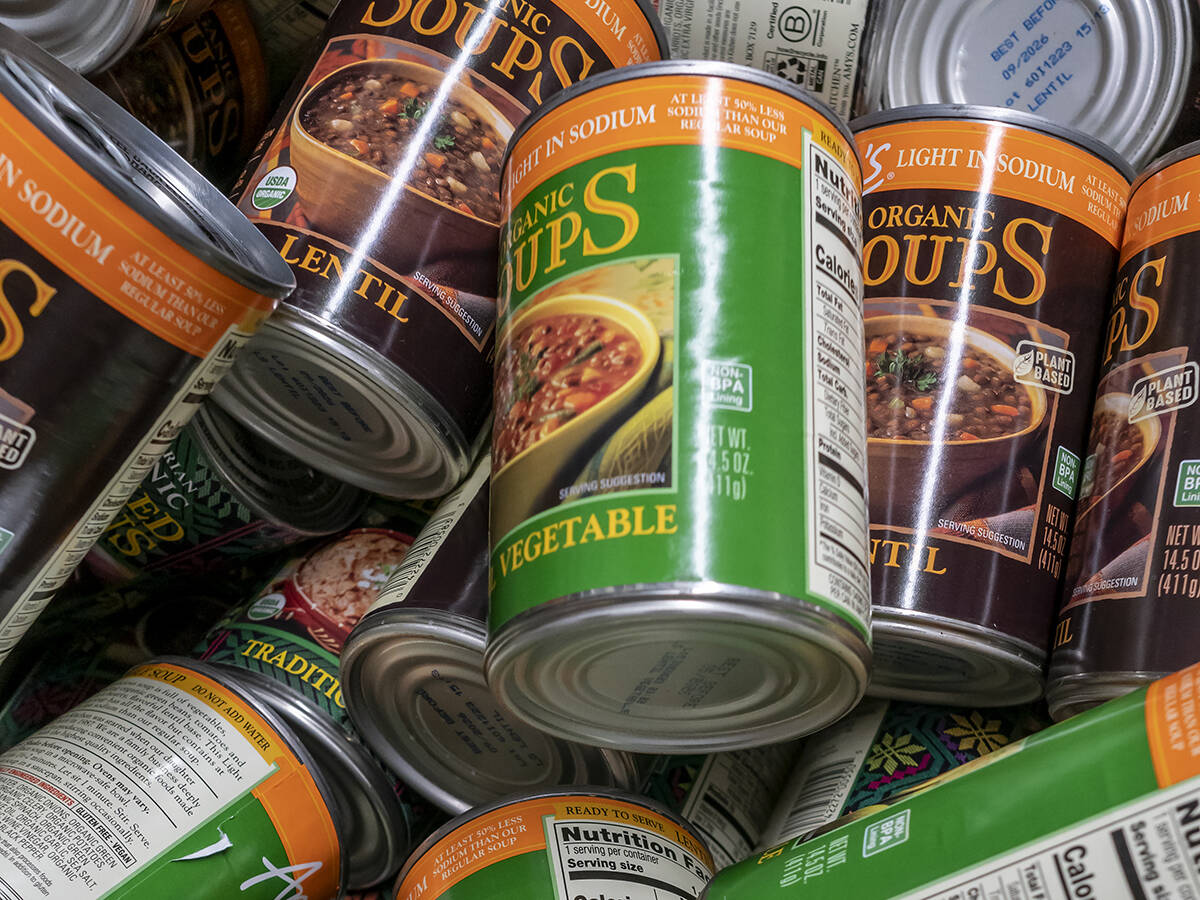Canadian veterinarians know how porcine epidemic diarrhea got into the country, even if officials have obfuscated the fact, says a swine veterinarian.
The deadly PED virus arrived in a dried porcine blood plasma product that was fed to pigs.
“People like the OIE (the World Organization for Animal Health) and many others have put forward many very confusing comments regarding the safety of products like blood plasma, claiming that the Canadians were out to lunch in terms of how this entered our industry,” said Frank Marshall of Marshall Swine Health Services.
Read Also

Sustainable food has ‘lost all meaning’: prof
That marketing strategy is deader than a doornail, says a University of Guelph professor who specializes in consumer preferences and perceptions of agriculture and food.
“But I’ll tell you, it is very clear to the vet community involved in the initial 17 sow herds that broke in Ontario, there’s no question how this came.”
Ontario’s initial cases and the single case reported in Prince Edward Island all came from a dried porcine plasma product that is fed to pigs as a protein source, he said.
The Canadian Food Inspection Agency said its studies did not confirm a link between the blood product in feed and the virus’s arrival in Canada.
“The study demonstrated that the porcine blood plasma in question contained PED virus capable of causing disease in pigs said,” the CFIA said in a news release last year.
“However, the study could not demonstrate that the feed pellets containing the blood plasma were capable of causing disease.”
The pellets in question, which were distributed by Grand Valley Fortifiers of Cambridge, Ont., were voluntarily recalled by the company Feb. 9.
The CFIA also said such products would be safe to use if proper hazard analysis critical control points protocols were followed during their production.
Marshall doesn’t share that opinion.
“It’s been exasperating to still see comments coming out of news agencies around the world that Canada couldn’t prove the feed source and such. Nevertheless, we all know the story,” he said during an Alberta Pork-organized conference call Jan. 30.
“The suppliers have never come forward with how it was that plasma products arrived in Canada with infectious virus.”
As a result, veterinarians do not recommend the use of such porcine-based products.
Some bovine-origin dried blood plasma products have been made available lately to hog producers, but Marshall said they should still be used with care.
“You always need to ask about the origin of these bovine products and the plants that they come from to ensure that they’re only bovine origin and not mixed with porcine,” he said.
“We know that some of the plants do both species.”

















